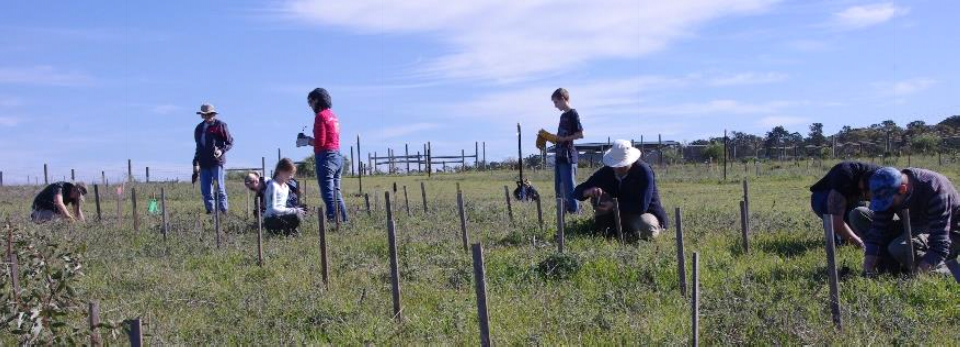
Summary of final report on the Australian Flora Foundation funded project:
Corey J. A. Bradshaw1 & Briony Horner2
1The University of Adelaide; 2Succession Ecology Pty Ltd
February 2016
Our aim was to determine the reforestation approach that maximises the native biodiversity found in Mallee bushland regrowth in South Australia, while simultaneously maximising carbon sequestration. We have implemented a long-term reforestation experiment testing six approaches (3 biodiversity treatments: 1. monoculture, 2. low diversity, 3. high diversity; and 2 planting densities: 1. high and 2. low) for reforesting deforested land into secondary shrubland and woodland complexes at Monarto Zoo, South Australia. To assess goals, we are continuing to monitor key taxa (vegetation, invertebrates, small mammals, reptiles) and carbon pools prior to reforestation and throughout the regeneration process. Our study is unique in its
experimental assessment of temperate Australian reforestation for biodiversity conservation and in the collection of baseline data. This study will eventually result in guidelines for woodland/shrubland reforestation as an economically viable land use for landholders.
